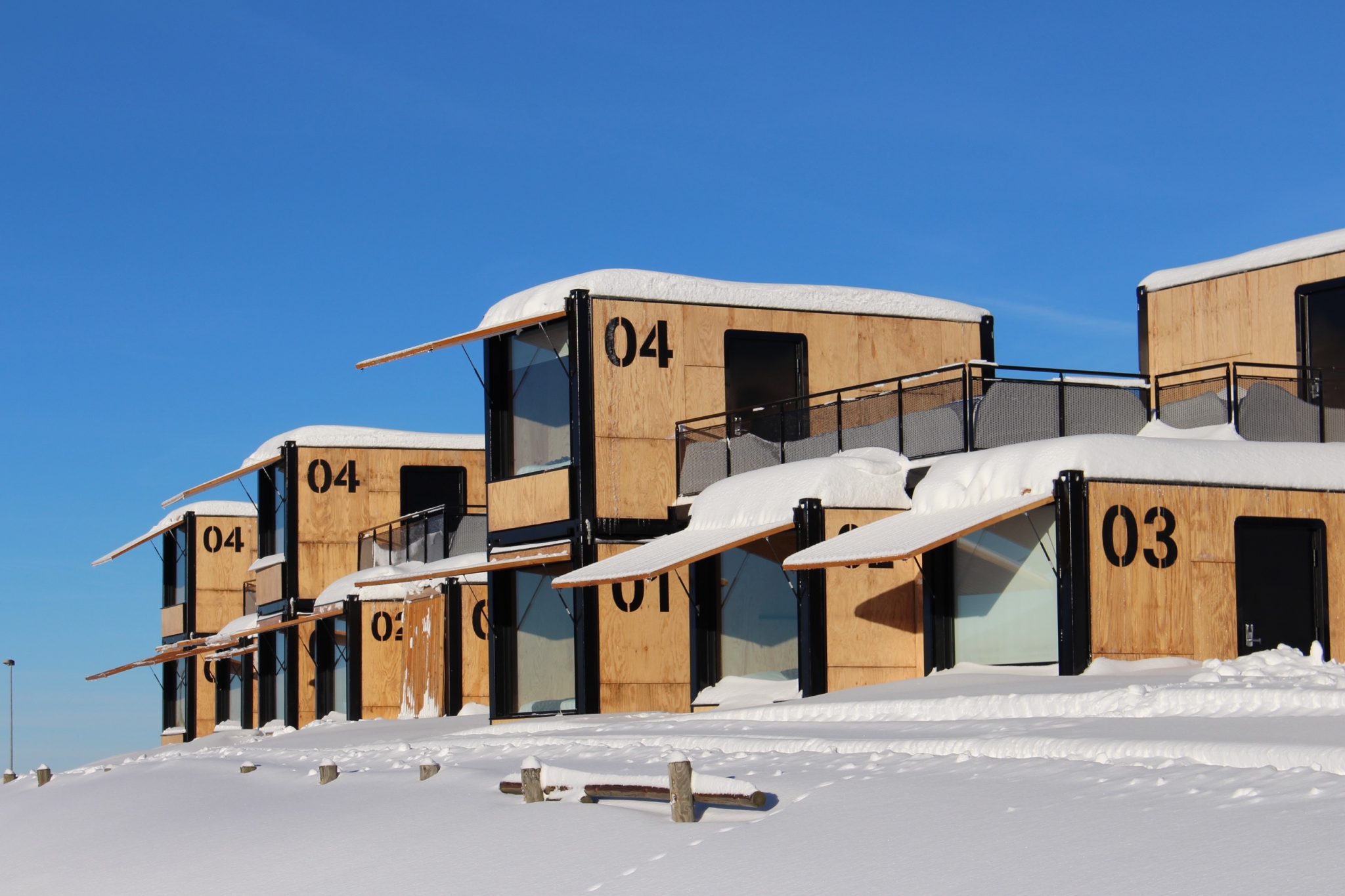Skift Take
There has been a fair amount of industry discussion about how the leading travel and hospitality brands are thinking about design today. But how should the industry evolve to be prepared for future shifts? Why does design matter at all, and why should it matter for travel and hospitality?
This sponsored content was created in collaboration with a Skift partner.
SkiftX recently published The Transformative Role of Design in Hospitality in partnership with Accor Group. The trend report takes a close look at design’s principal role in hospitality and its future. For more insights, explore the full report here.
Since Damien Perrot joined Accor more than 20 years ago, he has learned, shaped, and revolutionized the way the company approaches and innovates around design. He started his career with the company as an information technology project manager and now serves as global senior vice president design, with a number of leadership roles in between. Perrot is intimately familiar with every element of the design strategies Accor has put into place. In fact, he built many of them himself.
Today, Perrot works hand-in-hand with Accor’s marketing department and other teams to develop, deploy, and oversee group design strategies for the hospitality projects taking place throughout Accor’s 35-plus hotel brands. He believes that the hospitality industry is at the frontline of design’s future and that it is up to hotels and hospitality brands to take risks, innovate, and evolve their approaches to design in order to push the industry — and the world — even further.
SkiftX: Are there core principles that the global Accor portfolio follows? Or is design individualized to each brand?
Damien Perrot: It’s both. The first thing that all of our brands have in common is our ambition to create hotels not only for travelers, but also for the locals who live in the areas around our properties. The second key element is the role emotion plays. If we want people to remember their journeys in one of our hotels, we need to make sure that they’re going to feel something. They need to live an experience and be surprised. These two things are the common pulse for all our brands. Beyond this, each brand has its own criteria and DNA.
For example, Ibis used to be a “hotel appreciated by everyone.” Now, our goal is to create something that will be loved by some of our guests — we’re no longer trying to please everyone. We now offer different concepts within the Ibis brand so that people can find particulars to love that are relevant to them. Another example is The Junction, a co-working concept we created for one of our premium brands, Pullman. The space is ideal for business, leisure, and special meetings, and offers rotating food and beverages for both sit-in and take away. We placed the bar at the center of the space to animate the lobby’s atmosphere and provide interaction between guests and employees and between guests themselves.
SkiftX: How does Accor design hotels that are not just for travelers but for locals as well?
Perrot: The first thing is architectural: We need to make sure there’s continuity between the inside and outside. In a traditional hotel, you have an entrance and one or two doormen, but you don’t really feel welcome. We’re trying to break that pattern so that people walking down the street feel invited to stop what they’re doing and come inside. We’re opening the facade of the hotel and bringing the inside hotel experience outside to make both travelers and locals feel welcome.
In terms of interior design, we want to serve the needs of people living nearby as well. For example, we have areas in our lobbies that are more relaxed and quieter and some that are busier and more social, so you’ll enjoy being there no matter what your mood or who you’re with. A guest might get some work done, enjoy drinks with friends, or have a business meeting. The goal is to create something that people can’t find somewhere else.
SkiftX: It sounds like design has a bigger purpose for Accor than just looking aesthetically pleasing.
Perrot: Aesthetics are only 20 percent of the job for a good designer. The rest is the ability to envision how people will live today and tomorrow. The best designers analyze and think about people’s likes, motivations, dreams, and needs before drawing anything. After that, design enables our teams (like food and beverage, reception, and booking) to meet those customer expectations and also to support a brand’s performance and its ability to achieve its goals.
SkiftX: What role does creativity play in Accor’s design strategy?
Perrot: For Accor, creativity has no borders. We work with designers from all over the world to realize different visions on one project. If you ask a designer based in Moscow to design a property in Paris, there’s a good chance he’s going to bring something new to the table. Also, if you always work with hotel designers or the same designers, it’s very difficult to create something new, unique, and surprising.
For example, to create JO&JOE we worked with a designer who had never designed a hotel before. Or to build Ibis’s new design philosophy, we worked with one designer in Brazil, one in Austria, and one in Thailand, who developed three different concepts starting from the same brief with the same brand DNA.
SkiftX: Accor supported the Paris Agreement on climate change and has an internal sustainability program called Planet 21. How does design fit into Accor’s sustainability efforts?
Perrot: Sustainable design is a must today, not just because of our own commitment to the planet but also because our clients and partners expect it. Sustainability also means performance for today and tomorrow — when you design a hotel, it has to last for 10 years or more — so it is completely integrated in every step of our global design strategy.
We are also proactive about ensuring that the companies and designers we work with comply with our sustainability standards from conception to production.
In that way, we work together to make progress, such as with our circular economy principles: reduce, reuse, and recycle. From the beginning of a concept’s creation, we analyze building materials, installation, and removal strategies, plans for renovation and reuse, and opportunities to source local solutions.
SkiftX: What general design principles guide Accor’s approach to hospitality?
Perrot: We integrate design innovation at the earliest stages of the process. That’s how we created our concept for our Flying Nest mobile hospitality solution. These self-sufficient rooms are located in mobile shipping containers and finished with eco-friendly wood, all designed by Ora-ïto. When I meet guests who have stayed at Flying Nest, they’re usually more excited about the amazing experience they had versus the room itself. And we didn’t set out to design a mobile room — we set out to design an experience. When someone tells us that they “lived something extraordinary,” we met our goal.
Design is one of the most important elements of hospitality because it literally touches every aspect of the journey: the architecture, interior design, organization of spaces, programming, entertainment, objects, artworks, and staging. This is why hospitality is the best industry to challenge all aspects of design and imagine new trends. To me, the emphasis on evolution is even more important than innovation. If we are continuously evolving, we will always be ahead. To do that, we need to dare. Maybe we’ll be wrong, but either way, at least we’re trying new things.
This content was created collaboratively by Accor Group and Skift’s branded content studio SkiftX.
Have a confidential tip for Skift? Get in touch
Tags: accor, Accor 2019 Year In Review, architecture, climate change, design, hospitality, hotel design, interior design, SkiftX Creative Studio, sustainability


